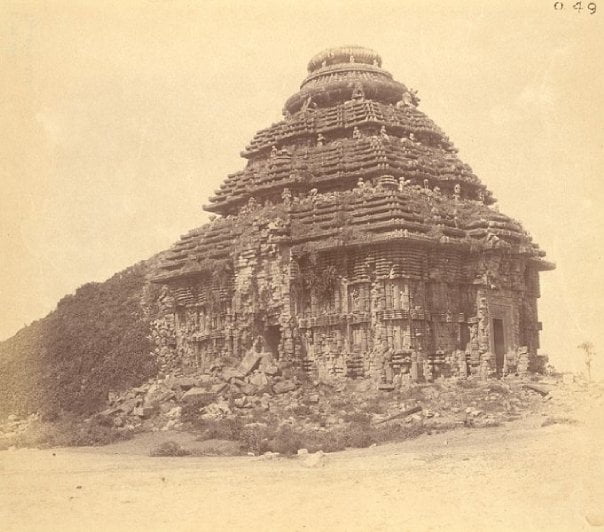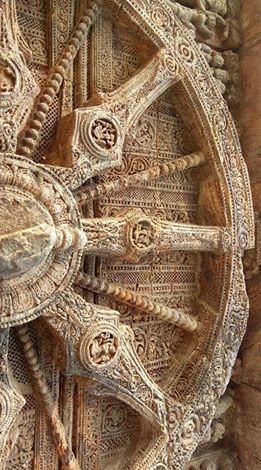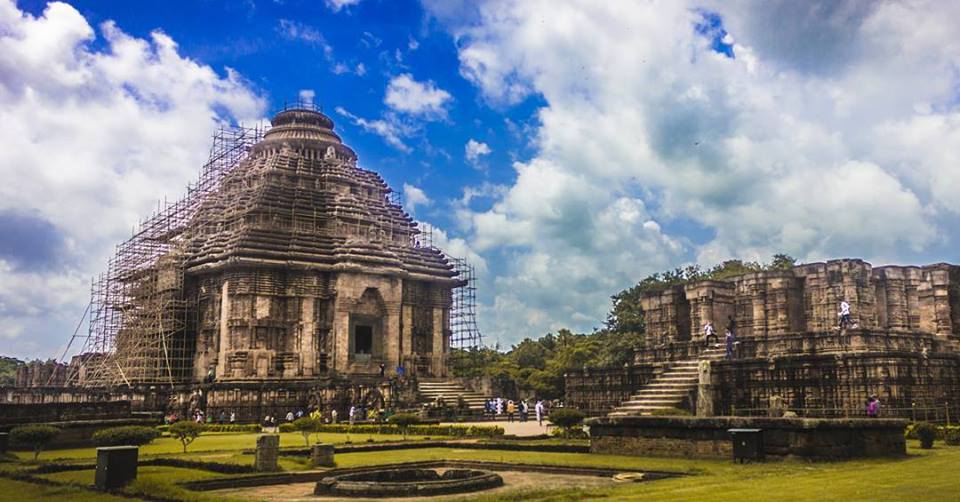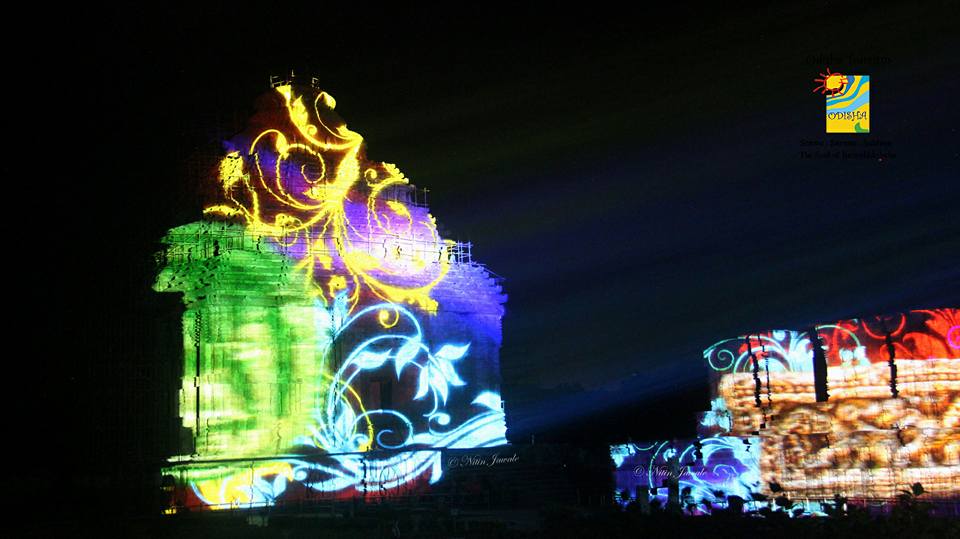World Heritage Day: Konark Sun Temple, The Magnificent Mystery

Bhubaneswar: Sun Temple in Odisha’s Konark figures in the list of 36 world heritage sites in India, as designated by UNESCO.
On International Day For Monuments and Sites, also called World Heritage Day, let’s celebrate this unique piece of Odisha architecture that continues to amaze people world over.
Legend has it that it took 1,200 sculptors 12 years to build the shrine using black granite. When they failed to complete it, Dharama, son of a sculptor, took it upon him and fixed the final stone atop the structure.

According to Abul Fazl, renowned court historian of Akbar, the temple spread over 12 acres was built during the reign of King Narasimha I (1238-1264 AD) by spending the whole revenue of 12 years. “Near Jagannath is a temple dedicated to the sun. Its cost was defrayed by 12 years revenue of the province. Even those whose judgment is critical and who are difficult to please stand astonished at its sight,” Fazl wrote in ‘Ain-i-Akbari’.

The temple is known for artistic magnificence and engineering dexterity. It was so designed to let the first rays of the sun fall on the main entrance, say experts. Even today, you can tell the time by the rays of the sun falling on the wheels, which act as sundials.
Most historians believe the temple disintegrated within 300 years of its construction. However, this is not the only theory behind the decayed structure. Some attribute it to natural calamity like cyclone, earthquake or lightning, while others believe the foundation gave in because of weak soil. Muslim invader Kalapahar (general of Sulaiman Karrani of Bengal) is also accused of the plunder and so are the British, which ordered for removing a powerful magnet crowning the temple as it affected compass navigation for sailors. Some like historian Percy Brown believe that the structure caved in even before its completion.
It does not end here. Some even doubt whether the sun god was actually worshipped in the temple, though widely believed that it was consecrated. However, there is no unanimity yet on whether the temple was ever completed, consecrated or how it was reduced to ruins.
The mystery surrounding the temple, resembling a colossal chariot with 12 pairs of wheels, lavishly sculpted with symbolic motifs and pulled by seven horses, heightens it appeal and historical significance.

The main temple, which some believe rose to a height of 225 feet, had disintegrated by early 17th century, and what is now left is the Jagamohan (audience chamber or hall in front of the sanctum).
Though efforts are being made towards conserving the temple, falling of big stone blocks has triggered fear that it could someday cease to exist.

The 13th century temple, however, remains a major tourist attraction in Odisha. In 2017, Chief Minister Naveen Patnaik inaugurated the much-awaited Light and Sound show on its historical and religious significance. It hosts the annual Konark Festival, one of the biggest dance festivals in India.
In a bid to draw more tourists to Konark, a world-class interpretation centre and other tourist facilities for visitors were also inaugurated at the Sun Temple in 2018.

Comments are closed.